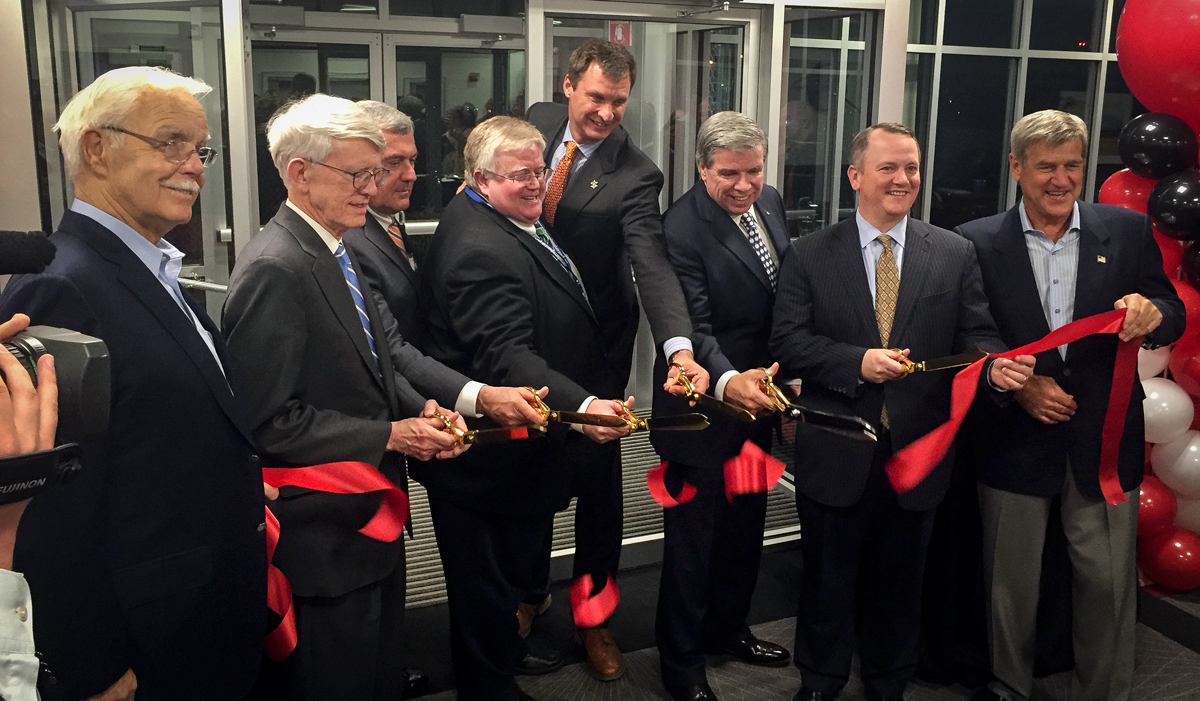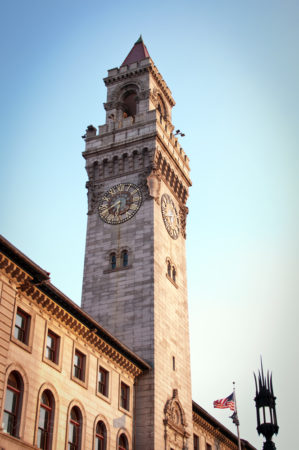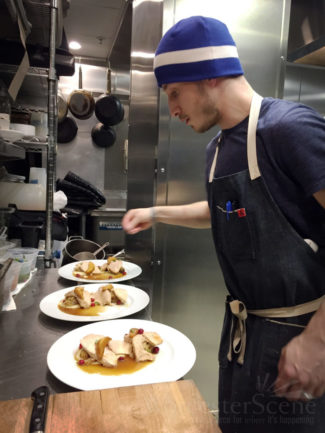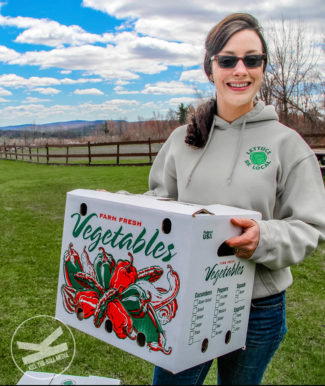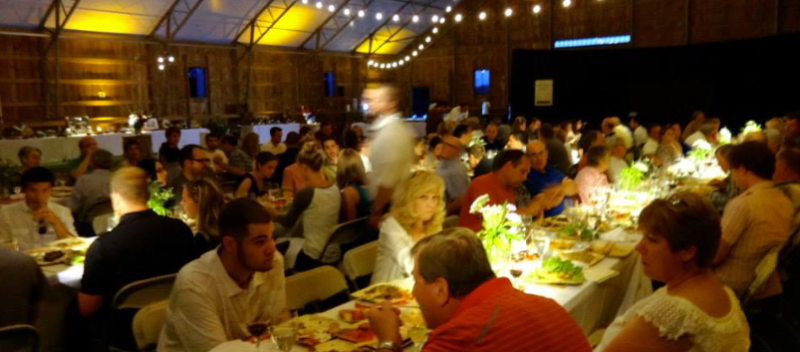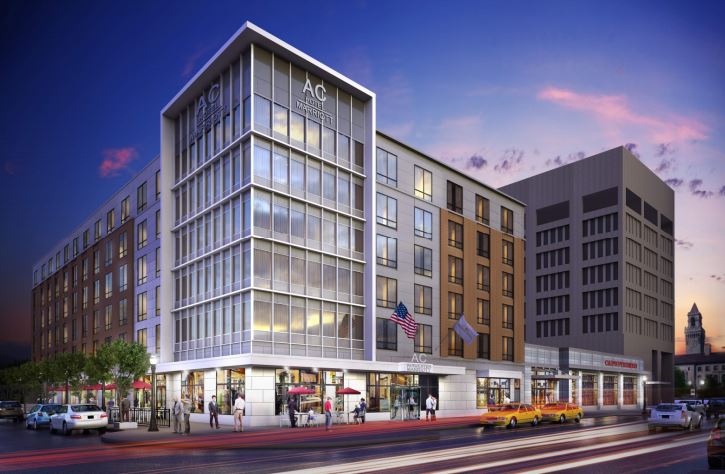
“Worcester is in the midst of a bona fide restaurant renaissance,” according to The Boston Globe… but we knew that all along. Worcester has been on the food scene for quite some time, since the introductions of our infamous restaurant staples like Armsby Abbey, Nuovo, VIA Italian Table, Red Pepper, The Niche Hospitality Group locations and Baba Sushi, pinning Worcester at the top of the list for food destination scenes in Massachusetts for years.
Naturally, to compete with the sophisticated and trendy restaurants of major cities like Boston, New York and Chicago, Worcester is in a constant state of evolution – creating and recreating the dining experience with a diverse portfolio tending to every unique craving.
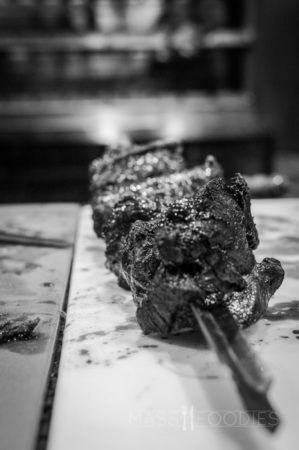
In 2016, Worcester experienced a core-shaking boom in the food industry as it said “goodbye” to long loved restaurants that made Worcester history come to life and “hello” to the newbies making headlines and turning everyone’s focus to the abundance of quality in local food.
“There are hungry people out here who don’t want to and don’t have to commute into Boston for a great meal,” says Jared Forman, a native of Queens, New York and Executive Chef at deadhorse hill. “If you look down Main Street from where we are, I feel like I am on one beautiful street in New York. Nothing has changed and anything is possible,” says Forman’s business partner, Sean Woods. As co-owners of deadhorse hill – which opened early 2016 – their sole mission is to create a restaurant that specializes in what they call “modern hospitality.” “That means comfortable and being welcomed. Making you feel welcome as soon as you walk in the door and elevate it so that the service is proper but at the same time super casual,” said Forman when describing his inspiration of modern hospitality from Danny Meyer – a crown jewel of the restaurant hospitality business in New York.
But deadhorse hill isn’t the only newcomer to the vibrant Central Massachusetts food scene that sees Worcester as the champ of the much-deserved title “food hub.” In the first ten months of 2016, Worcester became the new stomping grounds to over 15 restaurants, anticipating an additional six opening in the beginning of 2017.
“At first, we thought, ‘why would anyone open a restaurant in Worcester?’ but after visiting and really taking a closer look we wondered why people weren’t running to Worcester to take the opportunity of opening a restaurant,” says Jack Doherty, co-owner of Brew on the Grid. Brew on the Grid is a modern twist on the average cup of coffee, giving patrons a little hint of big city in every cup of joe. Opened in August 2016, Brew on the Grid is part of a grand model – five eateries within two city blocks, each offering up a little flavor to something different. By the end of the anticipated year, Brew on the Grid will be neighbors to Techni (a Mediterranean grill), Pie & Pint (a fast casual pizza house), Craft Table & Bar (a casual restaurant featuring top craft beers, spirits and innovative dishes) and The End: Eatery and Drinkery (a high-end eatery to end the week).

Don’t be fooled. Downtown Worcester may be the city’s flagship location for up and coming opportunities, but it isn’t the only place in Worcester offering residents a slice of city pie. A short distance from downtown is Dacosta’s Pizza Bakery, a contender for truly authentic pizza and Italian dishes that will keep even Boston’s pizza scene on their toes. Also, a short distance from downtown, Park Avenue’s changes have the promise to be a big part of the city’s food hub. Recently joining the Park Ave food scene is Pho Bowl, Antonio’s Pizza By The Slice, Bootleggers Prohibition Pub and Altea – a sister restaurant of Livia’s Dish, as well as The Sandwich Hut. “I owned Wingman on Park Ave and felt that the wing themed restaurant was becoming oversaturated in Worcester, so after an unfortunate mishap with our refrigerating system, we opened The Sandwich Hut,” says Pat Logan, owner of The Sandwich Hut. “Worcester doesn’t have a place that focuses on specialty sandwiches on Park Ave and we thought this would be a great place to add one.”

Not too far away from Park Avenue’s busy streets is the iconic Shrewsbury Street (aka Restaurant Row) – the home to some of Worcester’s favorite dining spots like Sweet Kitchen & Bar, One Eleven Chop House, Piccolo’s and Pomir Grill. This year we welcomed British Beer Company—a “chain” that has taken a vested interest in the heart of the Commonwealth; Terra Brasilis, a Brazilian BBQ restaurant joined the every-changing street; and another newcomer is expected to join us by the end of the year, The Usual, opening in The Fix’s original space, and isn’t about your usual homemade sandwich. Instead it stands to make a name for itself by offering specialty sandwiches unlike any other – with some requiring a fork and knife. “We want to give the sandwiches a new look and feel. There’s no other place focusing on specialty sandwiches and we are here to make it happen,” says Kevin Perry, co-owner.
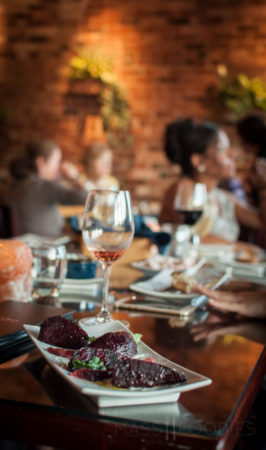
Shrewsbury Street may be iconic to Worcester residents, but it is not the only place in the city giving you a chance to indulge your senses. The Canal District won the food lotto with the recent additions of Lock 50 and The Hangover Pub. “At Lock 50 we have found a great location in the Canal District, with the new development projects and upswing of the area we find ourselves to be a centerpiece in the District,” says Tom Studer of Lock 50. “Our concept of small plates has been widely embraced at this point. We have started to see customers come all the way from Boston, Providence and Portsmouth to experience what we have to offer. We also have a variety of events, a great patio and our Cafe program has bridged us into a great relationship with the arts community. We are heavily involved in the Canal District Art Walk,” he added.
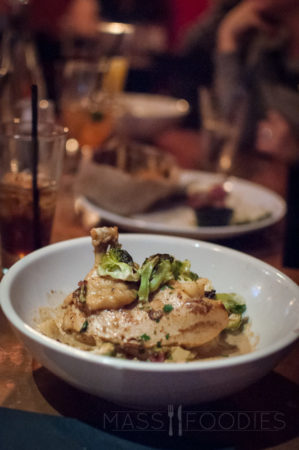
With many great new additions, it is only natural to part with some of the restaurants that made our foodie hearts melt. We tip our chef hats to those we have said goodbye to in 2016: Somethin’ Catchy Seafood Shanty never “caught on” in Worcester (it has been sold and is under construction for an upcoming Brazilian themed location), Wingman (now the location of The Sandwich Hut), Perfect Game (oh, how we will miss you!), EVO (now the location of Bootleggers Prohibition Pub), and Shiraz Armenian Cuisine (a Park Avenue staple for over 20 years).
Worcester isn’t just the second largest city in New England nor is it the ugly stepsister of Boston; Worcester is in fact the hub for all things incredible. Food, business, tech and hospitality are only but a few elements keeping Worcester at top of everyone’s “what’s hot” list.


